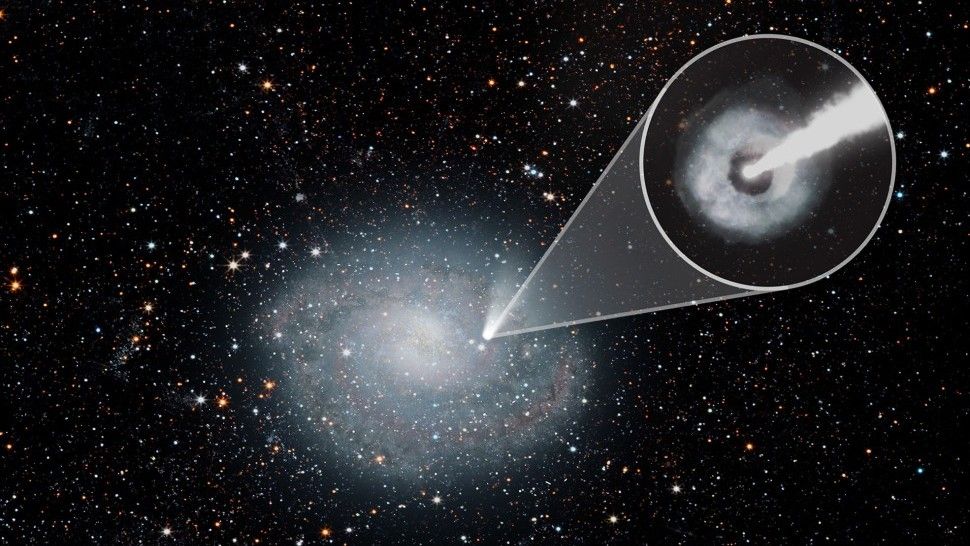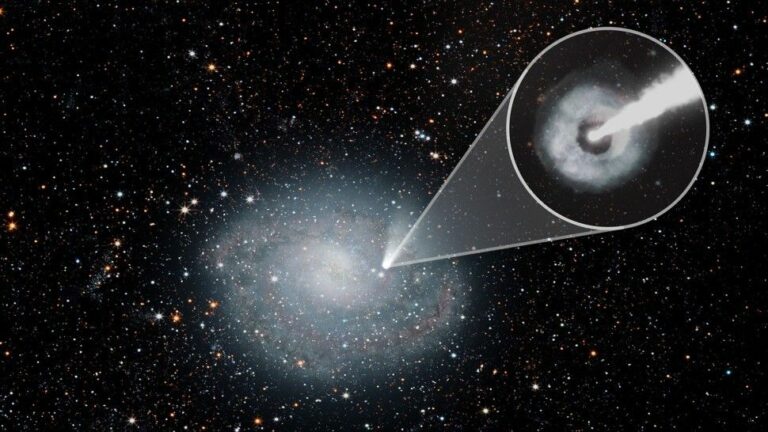Astronomers trace 84 bright blasts to colliding stars in ancient galaxies.
Astronomers have identified the unexplained short gamma-ray bursts (SGRBs) as active star-forming galaxies in the far-off early cosmos by compiling the most thorough inventory of these high-energy radiation blasts to date.
The brightest explosions in the cosmos, known as 84 SGRBs, were analyzed by astronomers in order to identify their galactic origin. Then they looked at 69 of those galaxies’ properties. The scientists discovered that young galaxies that are actively producing stars were the source of 85% of the brief gamma-ray bursts they examined. The bulk of these high-energy radiation bursts were also found to have been produced when the universe, which is 13.8 billion years old, was still relatively young.

Anya Nugent, the study’s senior author and a graduate student at Northwestern University, stated in a statement that since this is the most comprehensive database of SGRB host galaxies to have ever existed, “we expect it to be the gold standard for many years to come.” “The field needed to advance our knowledge of these wonderful occurrences and what happens to stars after they die,” says the author of the catalog, “and building this catalog and finally having enough host galaxies to discern patterns and draw major conclusions is exactly what the field needed.”
Since SGRBs are so intense and only endure for a few seconds, they must be far brighter than the sum of the lights from the hundreds of billions of stars in their parent galaxies up close.
These brief bursts of high-energy radiation are thought to be the result of the merging of two neutron stars, which are stellar remnants left over when enormous stars die and their cores collapse due to gravity.
This core-collapse process squeezes a mass at least equal to that of the sun into a region about 12 miles across, the width of a metropolis on Earth (19 kilometers). As a result, the material is so dense that it would weigh 4 billion tons to scoop a teaspoon full of neutron star material.
An SRGB is produced when two of these unusual star remnants circle one another then spiral together and fuse violently. While SGRBs are short-lived, their optical afterglow might persist for hours until it fades beyond the level of detection for astronomers.
This large new catalog might help us comprehend these violent and powerful events and the galaxies in which they form. Currently, these emissions are the only technique to investigate the population of merging neutron stars in the early universe.
Neutron star binaries emerge in a variety of galaxies
The W.M. Keck Observatory in Hawaii, the Gemini Observatories in Hawaii and Chile, and the Magellan Telescopes at Las Campanas Observatory in Chile were among the sensitive equipment used by the astronomers to build their SGRB catalog. They also used data from NASA’s departed Spitzer Space Telescope and the Hubble Space Telescope to perform deep imaging and spectroscopy on some of the most distant galaxies known to be SGRB hosts.
With this abundance of information, scientists were able to link four times as many SGRBs to their home galaxies than previously possible. The researchers was able to classify SGRB parent galaxies better because to this much larger dataset.
The fact that these galaxies may be either young and star-forming or elderly and on the verge of extinction shows that neutron-star binary systems can originate in a range of conditions, according to the researchers.
Additionally, the results suggest that neutron-star binaries can be transient, swiftly merging after their stars split apart or collapse. The younger SGRBs that we discovered in younger host galaxies are thought to originate from binary stellar systems that originated during a star formation “burst” and are so closely coupled that they can combine extremely quickly, according to Nugent. Long-standing theories have predicted that neutron stars can combine swiftly, but we have not yet been able to observe them.
However, as the researchers also discovered older SGRBs in more distant and, thus, more ancient galaxies, additional SGRBs appear to result from slower collisions. The researchers speculate that the stars in such galaxies may have been either more widely spread or may have taken longer to originally form a binary.
Another unexpected discovery was that SGRBs were launched far from their host galaxies, as if they had been “kicked out” of their galactic homes. The question of how SGRBs were able to stray so far from their home galaxies is raised by this discovery.
17 years of short gamma-ray burst detection
Since the afterglow of an SGRB was initially identified in 2005 by NASA’s Neil Gehrels Swift Observatory, astronomers have only been able to identify and locate a few of these high-energy outbursts annually.
So far, researchers have only been able to trace one SGRB to a specific binary neutron star merger. Known as GRB 170817A, the occurrence was discovered shortly after gravitational waves from the same neutron-star merger. However, the correlation between mergers and SGRBs will certainly get stronger as the detection rate of SGRBs and gravitational waves increases.
According to Wen-fai Fong, an astronomer at Northwestern University, “in ten years, the next generation of gravitational-wave observatories will be able to detect neutron-star mergers out to the same distances as we can SGRBs today.” Therefore, our database will be used as a standard by which to judge further neutron-star merger detections in the future.
Future gravitational-wave detectors, such as the LISA (Laser Interferometer Space Antenna) mission of the European Space Agency (ESA), will not be the only ones looking for neutron-star mergers as they hunt for these minute ripples in spacetime caused by strong cosmic events.
With its very sensitive infrared seeing capabilities, the James Webb Space Telescope (JWST) is in a perfect position to search the far-off (and hence ancient) cosmos for merging neutron stars and to research the conditions in which they take place.
In the announcement, Nugent added, “I’m most enthusiastic about the potential to use JWST to explore further into the origins of these rare, explosive occurrences. The capacity of JWST to examine faint galaxies throughout the cosmos “may unearth more SGRB host galaxies that are avoiding detection, possibly even exposing a missing population and a link to the early universe.”
The SGRB catalog, according to Fong, Nugent’s adviser at Northwestern, is the result of ten years of work and highlights the value of leaving a legacy in science.
It was quite satisfying to be able to hand the study torch along to the following generation of researchers, Fong said. “I started observations for this project ten years ago. “Seeing years of labor come to life in this collection, due to the young researchers who truly pushed this project to the next level, is one of my career’s greatest delights,” the author says.
The newly created SGRB catalog is detailed in two papers published on Monday (Nov. 21) in the Astrophysical Journal.
Source:SpaceCom
Do not forget to share your opinion with us to provide you with the best posts !




0 Comments